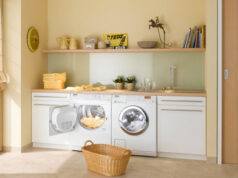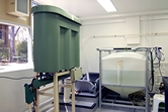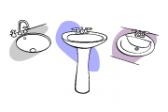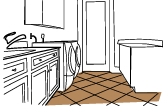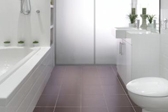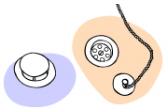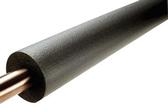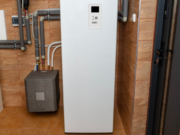Sink and tap regulations
There are several regulations in Australia that affect how you buy plumbing products, how they need to be positioned in relation to other parts...
Grey water systems
Just because water from the tap has been used, it doesn't mean it can't be used again. See how grey water systems can help...
Basins and sinks
Learn what differentiates different kinds of basins and sinks in bathrooms, kitchens and laundries, as well as what types are available, and how they're...
Laundry floors
Laundry floors are very similar to kitchen floors in terms of demands, and because they're often next to each other these rooms often share...
Waterproofing for floors
An important part of building a bathroom is to ensure that floors and walls are properly waterproofed, to prevent rot and mould.
Why is waterproofing...
Distance between water and power points
Regulations in Australia restrict the placement of power points in relation to sinks and taps. This article explores what the rules say and how far your power points will need to be from your kitchen sink.
WaterMark labels
The WaterMark certification label signifies that a plumbing product complies with certain quality and performance standards.
WaterMark logos are either etched or printed on compliant...
Traps, drains and wastes
Also called drains and plugholes, wastes are the grills through which water is drained as it leaves your bathroom. Find out what variations exist...
Lagging and heat loss
See how lagging (insulation) and the distance that hot water has to travel through your pipes can affect energy efficiency in your hot water...
Where should hot water systems be installed?
The location of your hot water system significantly impacts its efficiency and responsiveness. Installing the system close to high-demand taps, such as those in the kitchen, bathroom, or laundry, reduces heat loss and ensures a quicker supply of hot water. This proximity allows the system to operate more effectively, as the water doesn't have to travel long distances through pipes.




